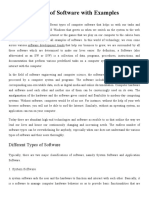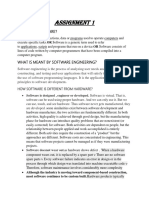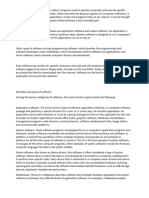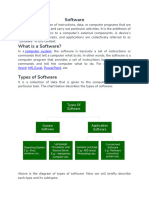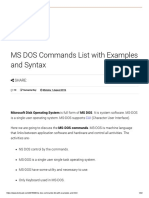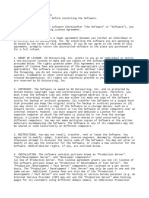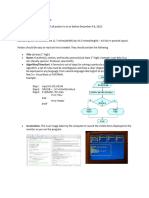0% found this document useful (0 votes)
138 views11 pagesSoftware and Its Evolution
Software engineering is the systematic application of engineering principles and techniques to software development. It involves specifying, developing, testing, and evaluating computer software using a systematic approach called a software process. The key activities in a software process are software specification, development, validation, and evolution to reflect changing requirements.
Uploaded by
Praveen Kumar NalliCopyright
© © All Rights Reserved
We take content rights seriously. If you suspect this is your content, claim it here.
Available Formats
Download as PDF, TXT or read online on Scribd
0% found this document useful (0 votes)
138 views11 pagesSoftware and Its Evolution
Software engineering is the systematic application of engineering principles and techniques to software development. It involves specifying, developing, testing, and evaluating computer software using a systematic approach called a software process. The key activities in a software process are software specification, development, validation, and evolution to reflect changing requirements.
Uploaded by
Praveen Kumar NalliCopyright
© © All Rights Reserved
We take content rights seriously. If you suspect this is your content, claim it here.
Available Formats
Download as PDF, TXT or read online on Scribd
/ 11








